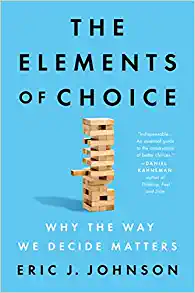Blog Genres: Take Your Choice – Carefully
Your choice of genres may be very different depending on who you’re writing for and point you want to make,” the authors of Everything You Need to Ace English Language Arts in One Big Fat Notebook explain. “Different genres alter the focus of the topic.” The journalism genre, for example, puts the most important facts first, leaving out all personal opinions or personal history of the author. The memoir genre, in contrast, focuses on the memories of an individual and does not refer to research.
Since blog content writing is, by definition, nonfiction, authors can follow several of the guidelines in the Notebook:
- using research (old newspaper articles, interviews, eyewitness accounts)
- including charts, graphs, and photos
- skillfully using both explicit and implicit evidence
In a non-fiction text, Notebook authors explain, explicit evidence is actually stated. Implicit evidence, on the other hand, involves conclusions readers draw from the text. In order to “steer” readers to arrive at certain conclusions, “choosing the BEST evidence from all the evidence is crucial, in order to get the point across quickly and convincingly”. In fact, “choosing evidence” is a foundational aspect of blog content creation. At Say it For You, we teach that, in addition to having a focused topic for each blog post, writers must have a specific audience in mind, choosing the best evidence for that target audience.
“Every author writes with a purpose in mind,” the Notebook states. “In opinion pieces, it is an established fact that the authors have a purpose and are trying to convince the reader of something.” Still, a good writer knows that not everybody agrees, and therefore includes counterclaims or counterarguments.” When it comes to blog marketing, visitors will be subjecting your content to an “acid test”, judging whether this site is the “real deal”. That’s where presenting “evidence” in the form of facts and figures comes in.
Some “tried and true” blog genres include:
- advice
- collections and top lists
- reviews
- predictions
- motivation
- trouble-shooting
- interviews
- how-to
- editorial
- personal reflection
Whichever the genre of choice, a central idea is the most importance element in any piece of writing, Notebook authors remind us. Around that central idea, the content of any piece can be constructed. As blog content writers, we can take our genres, but it’s important to do that carefully!






Follow us online!